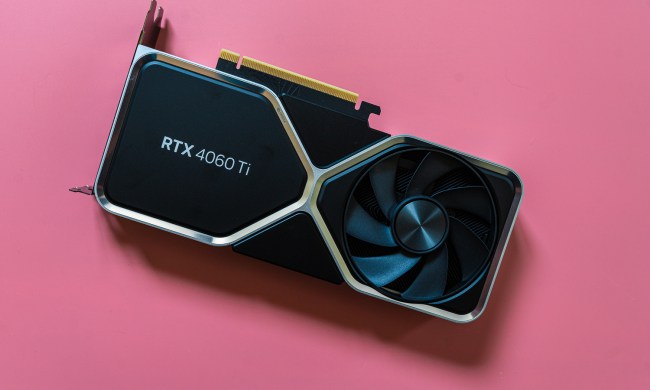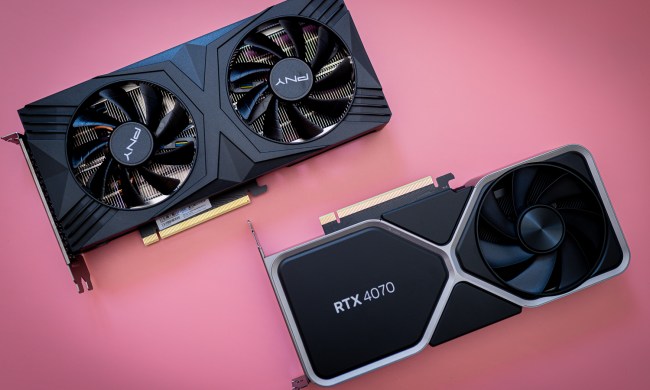
Samsung is boldly moving into the GPU market, signaling a shift in its business strategy. This initiative comes after reportedly receiving the green light for a massive investment plan aimed at expanding its GPU and AI infrastructure. While the company is primarily known for its advancements in memory and storage solutions, this new direction indicates a strategic pivot toward developing cutting-edge GPU technologies.
No, that doesn’t mean it’s going to be developing consumer GPUs. Samsung isn’t expected to create GPUs for PCs that rival Nvidia and AMD anytime soon. Instead, Samsung’s approach will reportedly focus on bolstering its AI capabilities, leveraging GPUs to enhance AI-driven applications.
The investment will focus on creating GPUs tailored for AI workloads, benefiting various sectors such as digital twins and lithography processes. Digital twins, which are virtual replicas of physical systems, require immense computational power that specialized GPUs can provide — something Nvidia has talked a lot about in the past. Additionally, in the realm of lithography, GPUs can accelerate the complex computations needed for semiconductor manufacturing, thereby increasing efficiency and precision in a process it’s already heavily involved in.
According to a separate report by Bloomberg, during a Computex briefing, Nvidia CEO Jensen Huang shared that his company is assessing HBM (high bandwidth memory) solutions from both Samsung and Micron Technology in the future. He noted that while Samsung’s HBM hasn’t failed any qualification tests, it requires additional engineering work. Addressing previous reports about overheating and power consumption issues with Samsung’s HBM, Huang dismissed these concerns, stating there were no significant issues. Despite some unfinished engineering tasks, Huang expressed a desire for these processes to have been completed sooner.
Bloomberg also reported recently on Samsung’s claims about “breakthrough” technology around its next-gen HBM, which will use 3D, or “stacking,” memory to improve efficiency.
Additionally, Samsung’s efforts in GPU development are said to complement its ongoing work with the Exynos series of processors. Exynos, primarily known for powering Samsung’s smartphones and tablets, has faced competitive pressure from other mobile SoCs. By integrating advanced GPU capabilities into Exynos chips for mobile devices, Samsung could potentially boost performance and efficiency, providing a more compelling offering in the mobile market.
All in all, it seems like a bit of a no-brainer for Samsung to get in the GPU game, even if it doesn’t mean we’ll be seeing Samsung GPUs in PCs anytime soon.




